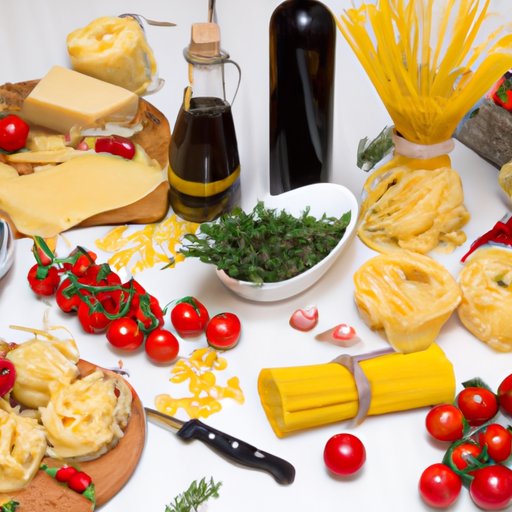Introduction
Pasta, a versatile dish loved by all, is an essential cuisine globally, and is delightfully filling as well. Pasta is nutritionally sound, perfect for everyday meals and dinner parties. Cooking pasta, however, can be a challenge, especially for novice chefs. The situation is often complicated by the wide variety of pasta shapes, the different types of sauces, and the number of mouth-watering recipes to select from. Not to worry; this article discusses how to prepare and cook perfect pasta every time through a detailed guide, starting from selecting your pasta shapes to serving for maximum satisfaction.
Step-by-Step Guide
The first step to preparing the perfect pasta dish is to choose your pasta shape. Different pasta shapes have varying sizes, cooking times, and textures that can make or break a dish. The most common pasta types are fettuccine, linguine, spaghetti, and penne. For dishes like Carbonara, Spaghetti, and Bolognese, the ideal pasta shapes are Fettuccine or Linguine. Shorter pasta types such as Penne and Fusilli are great for pasta salads and baked dishes.
The next step is boiling water correctly. Use a large pot with enough space for the pasta to move freely, and ensure there is enough water as well. A rule of thumb is to use one quart of water for every 100 grams of pasta. Bring the water to a rolling boil, add salt, and stir to dissolve before adding the pasta. The addition of salt enhances the flavor and helps the water boil faster.
Once the water is boiling, you can add the pasta. Stir it immediately to ensure it does not stick together, and let it cook at a lower heat. The general rule is to boil pasta for 8-12 minutes, depending on the shape, but checking for doneness is crucial. Start tasting the pasta a minute before your preferred time; it should be tender but not mushy. Once ready, do not wash the pasta; rather, drain it, and add it to the sautéing ingredients, ensuring the pasta absorbs the flavor of the sauce.
Regional Variations
Pasta is an essential part of traditional Italian cuisine, and each region has its unique pasta dishes. In the North, they prefer the use of butter, cream, and cheese in their pasta, while the South usually favors tomatoes and olive oil. For example, pasta al Pomodoro is a classic southern dish and a favorite in most homes. A tomato-based sauce is made with fresh plum tomatoes, basil and is served with pasta, making it a great dish for a quick family meal.
Healthy Pasta Alternatives
Pasta is a great dish for one who is conscious of healthy eating. Although most pastas contain carbohydrates, there are numerous options for people on low-carb or gluten-free diets. Options such as spaghetti squash, zucchini noodles, and cauliflower pasta are nutrient-dense and gluten-free. To decrease sodium intake and increase the nutritional value of pasta dishes, use fresh vegetables, lean protein, low-sodium broth, and homemade sauces.
Pairing with Sauces
The kind of sauce used determines the resulting flavor of the pasta dish. Learning the basics of Italian pasta sauces is a great start. Red sauces include the classic tomato sauce, while White sauces include Alfredo sauce. Pesto sauce is a green sauce, and Vodka sauce is pinkish-colored. It’s important not to drench the pasta in too much sauce or lose the pasta texture. Knowing how to choose sauces that complement pasta dishes always leads to great results.
Upgraded Leftovers
Suppose you have leftover pasta from a previous meal, you can turn it into something quite exquisite. Leftover pasta is ideal for use in frittatas, casseroles, soups, and pasta salads. Leftover pasta can also be used as a base ingredient for your next recipe, making it easier to handle other tasks such as preparing the sauce and vegetables.
Perfect Pairings
Pasta dishes pair well with various side dishes. Garlic bread, caprese salad, and grilled shrimp are examples of sides that complement different pasta dishes. When designing a complete meal, keeping pasta as the main course, ensure the side dish does not over-power the pasta dish, but rather highlights it.
Conclusion
Cooking pasta is an art that needs mastering through experience. This guide enumerates the basics of cooking pasta from selecting your pasta types to pairing it with sauces and other additional dishes. Pasta is suitable for all diets and can be served at any time of the day, alone or alongside other dishes. With your newfound knowledge, go forth and experiment with your favorite pasta dishes.
